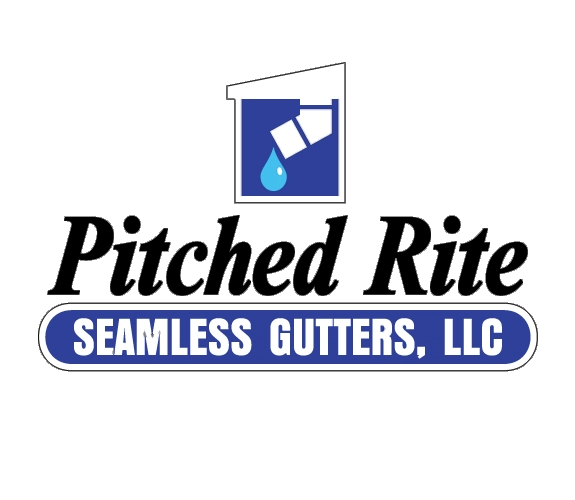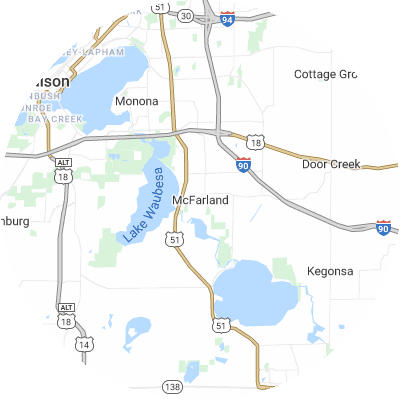Signs You May Need Gutter Guards
While gutter guards aren't always needed, indicators of backed up gutters are clear. Issues stemming from persistent gutter problems include:
- Mold growth, peeling exterior paint, or interior water stains on walls near gutters.
- Frequent clogs that lead to overflow and water spilling over gutters
- Soggy ground or visible erosion around your home's foundation
- Visibly damaged, sagging, or misaligned gutters that no longer correctly direct rainwater
- Leaky joints or seams where water leaks from the gutters
How To Choose a Gutter Guard Installer
Assess Their Experience
When selecting an installation company, look for one with considerable experience and knowledge about many brands and guard types. An experienced company will understand how to take measurements and fit gutter guards for your specific needs. Ask about a company's years of experience and request referrals from local customers.
Verify Proper Licensing and Insurance
Always confirm professional gutter guard installers are licensed, bonded, and have workers compensation and general liability insurance. This protects you from liability for any accidents or injuries that might happen. Ask to see current licensing and insurance papers when communicating with potential providers.
Choose Reputable Brands
Look for installers that provide leading trusted gutter guard brands such as Gutter Helmet and LeafFilter. Steer clear of companies that only offer their own off-brand products or generic no-name guards. These lesser-known products may not have gone through rigorous quality testing.
Seek Custom Fit Services
Your guards should be sized and cut while at your home to match your gutters. Select a company that specifically measures and trims guards for your house rather than using one-size-fits-all guards. Guards fitted for your home leave no gaps for debris accumulation.
Examine Warranties
Leading gutter guard companies normally offer 20-year or lifetime warranties against rust, leaks, clogs, and other issues. Before selecting a company, carefully read through the warranty terms for materials and workmanship guarantees. Warranties are the best means of protecting your gutter investment.
Check Reviews and Referrals
You should check online reviews on sites such as Yelp, the Better Business Bureau (BBB), or Google Reviews to hear more about customer experiences. You can also ask neighbors to suggest quality local gutter guard companies. When researching providers, you should opt for companies with consistently positive or good feedback instead of just a single review.
Types of Gutter Guards
The six typical types of gutter guards are as follows:
- Brush guards are made of large brush bristles that sit inside your gutters, catching debris while allowing water to pass through. On average, you can expect to pay $4.06 per linear foot for brush guards.
- Foam guards are lightweight and easy to install. With this type of guard, debris lands on the foam instead of in your gutter. On average, you can expect to spend $2.47 per linear foot for foam guards.
- Screen guards have large holes that allow water through while stopping debris. On average, you can expect to spend $4.71 per linear foot for screen guards.
- Mesh guards stop debris but allow water to flow through. Mesh guards have even smaller holes than screen guards. They're durable and encourage debris to slide off rather than sitting on top of your gutters. On average, you can expect to spend $4.38 per linear foot for mesh guards.
- Micro-mesh guards have even smaller holes than mesh guards and let even less debris into your gutters than mesh. These guards are very effective. On average, you can expect to pay $5.44 per linear foot for micro-mesh guards.
- Surface tension guards, also called reverse curve guards, use surface tension to allow water to flow into your gutter system while debris slides off. Normally, they will be visible from the ground. Surface tension guards cost around $3.45 per linear foot.













